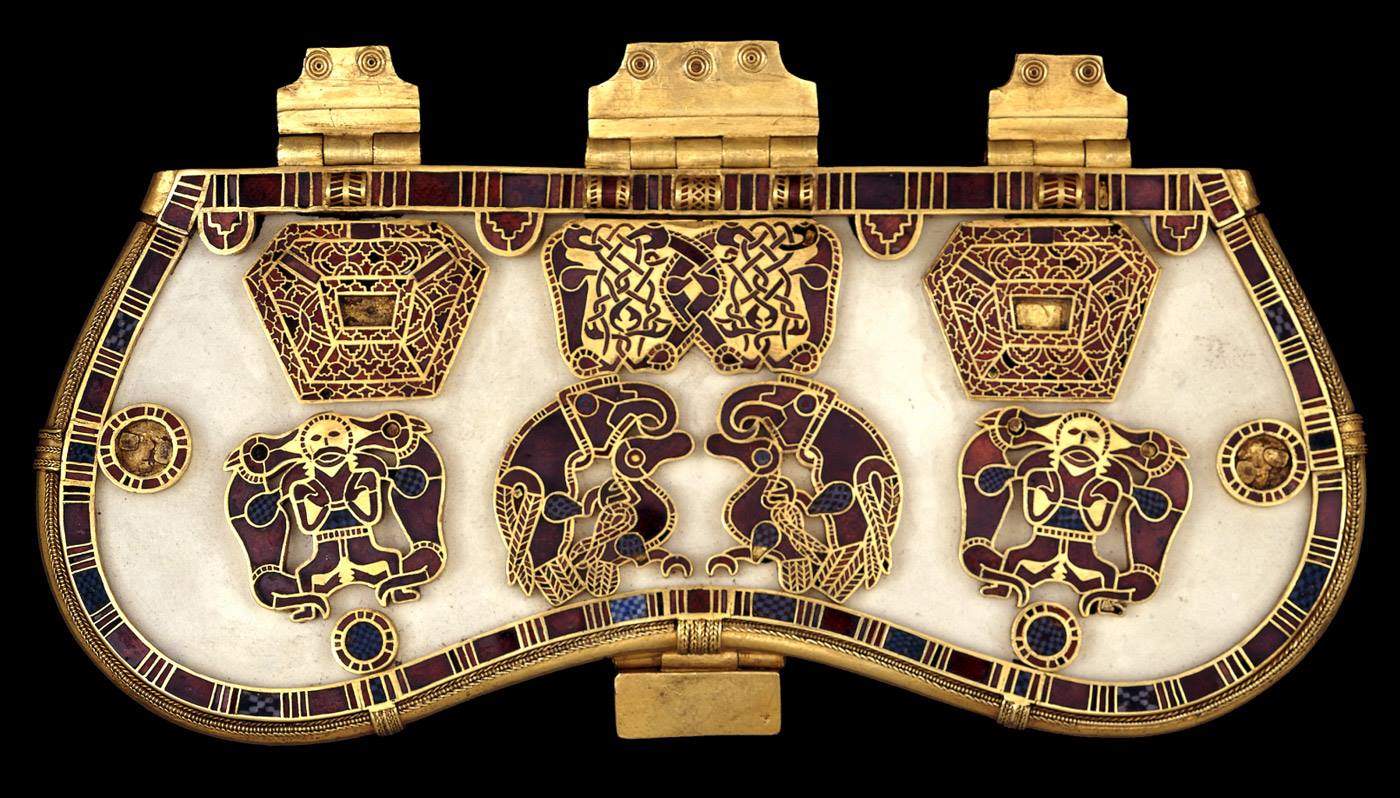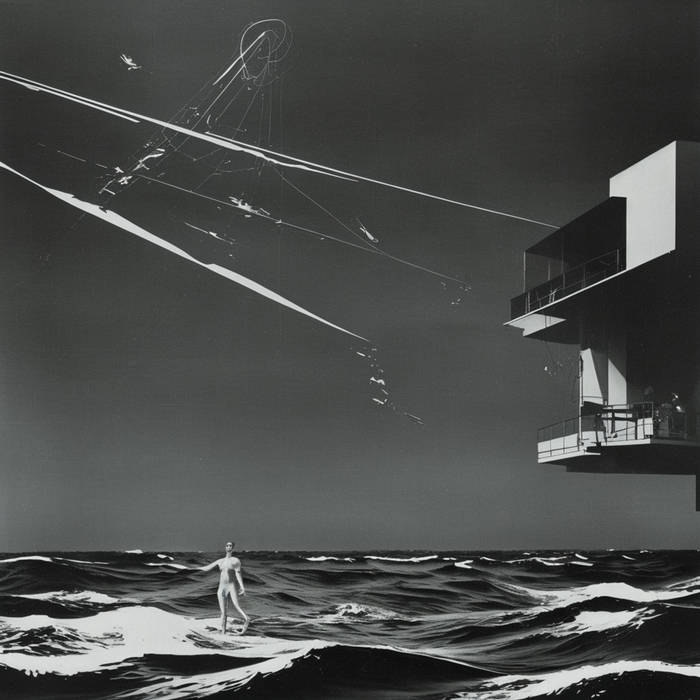One and six not on opposing sides? What primitive technology.
Maybe we’ve been doing it wrong?
I was curious, if this actually mattered. With modern casino dice, all the sides are equally likely, so it doesn’t there.
But back in the days, this did matter. Much like the die in the picture, dice were rarely perfectly cubic. However, opposing sides were still typically of a similar size and therefore similarly likely for the die to land on. So, by putting 1 and 6 on opposing sides, it was overall still relatively balanced. Source
There is also something to be said about the pips. Historic and modern non-casino dice have material removed for the pips, so the sides 4, 5 and 6 are actually lighter and therefore more likely to show up on top. Source
The opposing sides adding to 7 does not aid with that, and I’m assuming actually makes things worse. If 5 and 6 were on opposing sides, the die would get dragged towards both sides and be somewhat less likely to land on high numbers.
Apparently, from around the 11th century until the 14th century, this was actually a popular way for numbering dice. Source
But of course, if you actually need that precision, then you buy casino dice these days, where the pips are filled in.Does it matter?
Yes.
I’ve apparently been doing research on this, since before you asked, so here’s what I found: https://lemmy.ml/comment/12337353
Banana banana banana terracotta die
Why did they write p1076 on it? I guess that’s lost to the mysteries of time.
For those interested, this is a serial number assigned by museums called an “accession number”. They indicate when the artefact joined the collection and how many pieces it’s connected to in order to guide researchers to the relevant paperwork.
The ink, as a standard, is completely removable.



